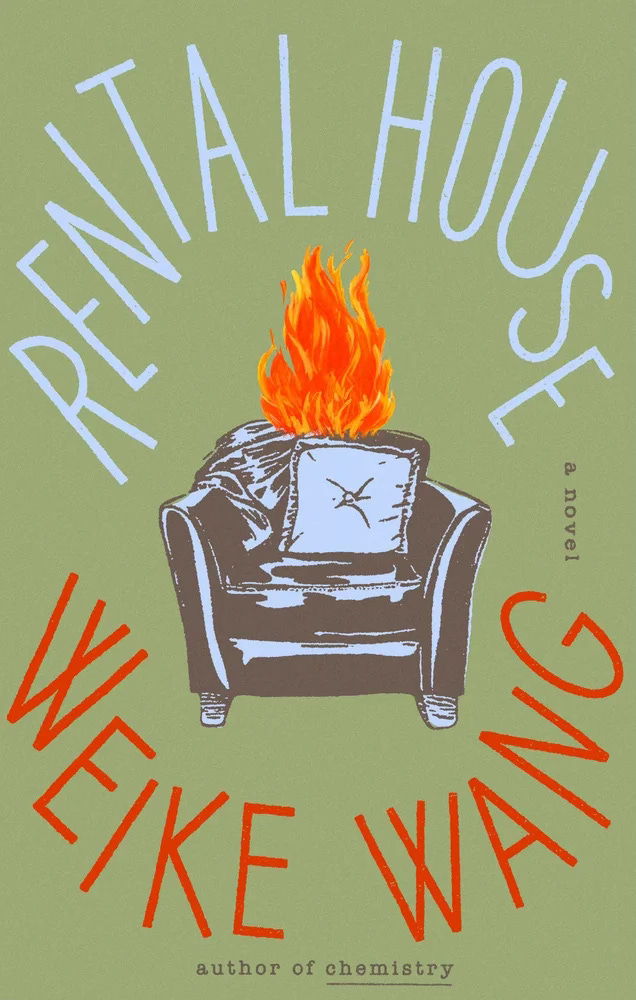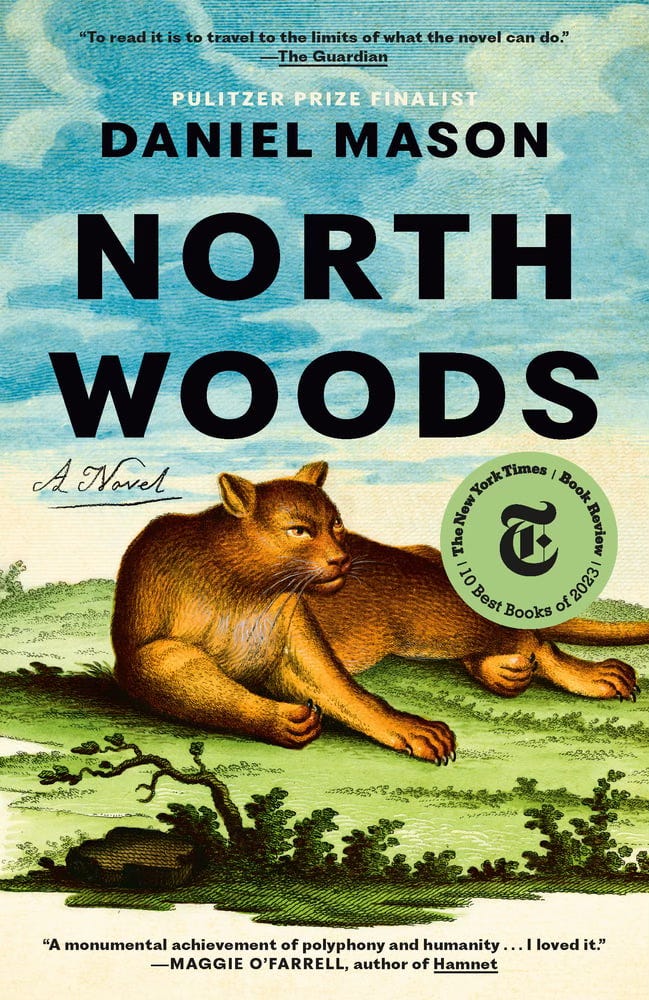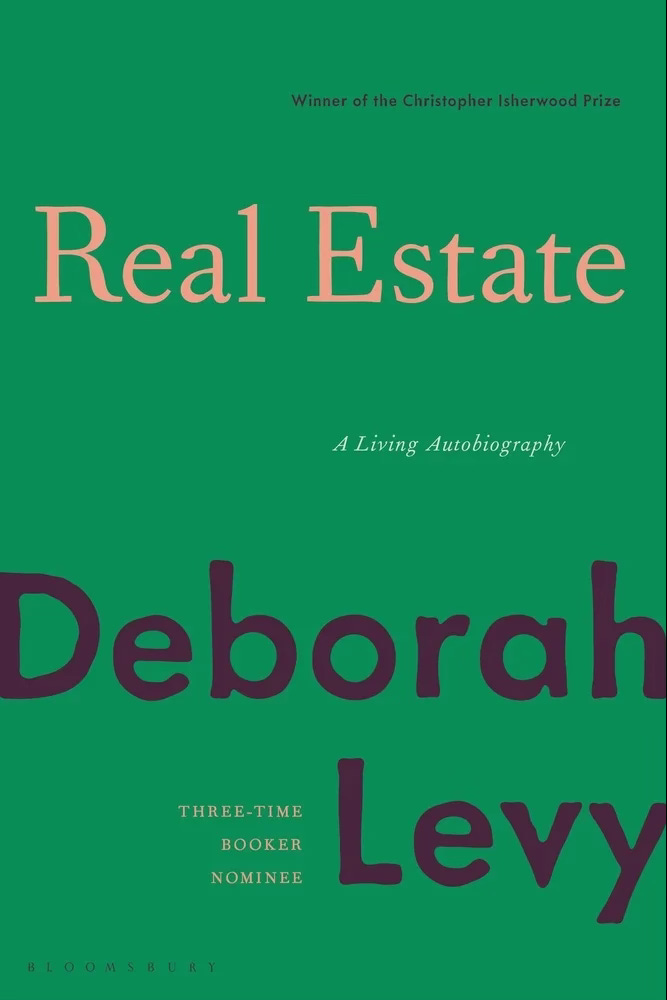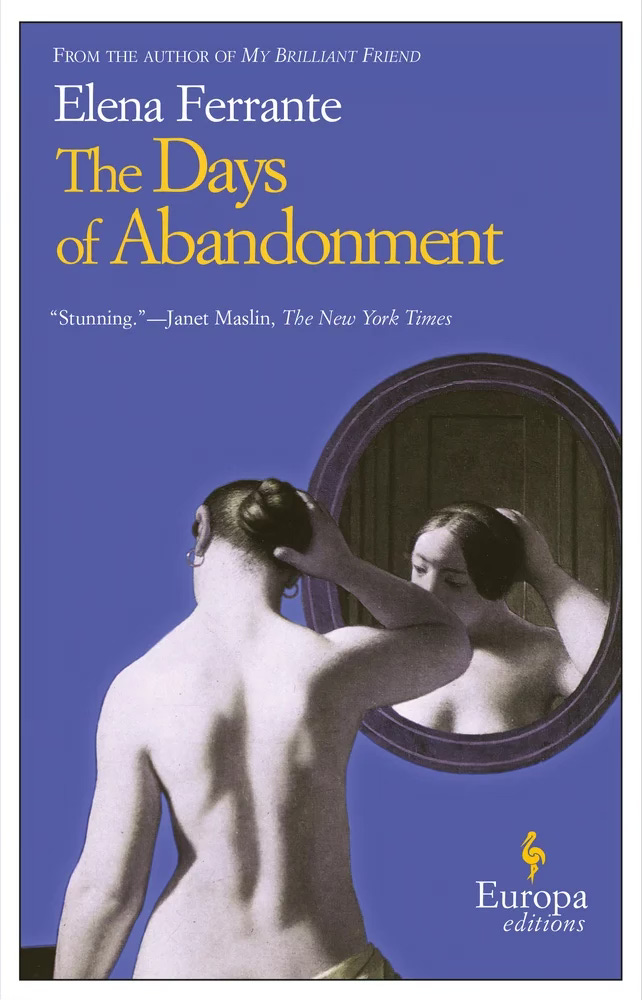I’ve read 40 books so far this year and I’ve noticed a pattern. From the coincidence of reading three books in April featuring women confined to the guest room of their homes, to the Dutch country house at stake in The Safekeep, to the isolated outpost in Iliac Crest, to Anna Karenina’s journey from St. Petersburg and Moscow to Italy and Vronsky’s summer villa—plus Kitty’s makeover of Levin’s estate—I’ve felt most absorbed in reading so far this year when real estate was in play.
Now might be the time to course-correct, but why fight these obsessions? I have at least 12 books still on my interest list that align to the theme. Obsessing over curb appeal, fantasies of ownership, homes that become a trap and how people leave them create dramatic situations where characters can show us their nuances and vulnerabilities.
Here’s a list of six to consider this month, with some additional options for taking the theme in a more contemporary or darker direction as well.
Rental House by Weike Wang (2024)
Keru, a Chinese-born consultant raised mostly in Minnesota as an only child of parents suspicious of anything easy, and Nate, a scientist from a rural white family of shopkeepers who don’t understand his academic life or “foreign” wife, make a complementary match. The novel takes place over two vacations at summer rentals where the characters' sensitivities and flaws have nowhere to hide. The couple first invite their parents for consecutive visits to a place on Cape Cod, exposing the limits of belonging and understanding within their own and each other’s families. Years later on a visit to the Catskills, they navigate the assumptions of their temporary neighbors and a surprise family visit. As their sheepdog Mantou and their parents age, the couple grapple with what it means to make a family and home from what’s yours for now.
A zinger-filled critique of the tensions that simmer in even the most low-key intercultural or multiracial relationships, this is a heartwarming quick read.
North Woods by Daniel Mason (2023)
Summer is the best time to read historical fiction. According to the jacket copy, it’s “a sweeping novel about a solitary house in the woods of New England, told through the lives of those who inhabit it across centuries,” I skipped this one when it came out because it was getting so much hype. The lusty beetle chapter seemed a bridge too far and also I thought it seemed like a knock off Accordion Crimes by Annie Proulx, which I loved back in the mid-90s even though the critics did not. But when I picked it up from my shelf and read the blurbs recently, it hit me with The Vaster Wilds vibes—and that’s a reading experience I wish I could have for the first time again.
Real Estate by Deborah Levy (2021)
In the third and final installment of Deborah Levy’s A Living Autobiography series, the author moves from her rented flat and writing sheds in London to other temporary homes in Santa Fe, Mumbai, Paris, Berlin, Hydra. All the while she adds fantastic details to the imaginary property she would like to own someday. She calls this her Unreal Estate. I’ve been listening to this on audio and will definitely be buying a hard copy so I can underline her wry observations about home and what we value, as women and as a society.
In one of my favorite incidents, she relates arriving uninvited to a literary party, prepared to identify herself as Elena Ferrante or her character Lila. The guest of honor proceeds to mock her and her ensuing reflection is full of the irony and exhilaration of the perfect comeback.
recently reposted her open letter to Levy, and it opens a window to the breezeway between Real Estate and The Möbius Book, which fed my obsession with the theme of women and their walls.The Days of Abandonment (trans. 2005) by Elena Ferrante
Levy mention of Ferrante put me in mind of this short novel, which tracks Olga’s crash out after her husband abandons her, casually informing her of his intent to leave as they clear the table after lunch. She finds herself somehow locked inside her apartment during a summer heat wave. I’m curious how Ferrante will set this up and get her out of the predicament. At a slim 178 pages, this seems like a good way for me to find out what all the Ferrante love is about without needing to trigger my series phobia. If it grabs me, it will be just in time for
’s My Brilliant Ferrante, which is a chance to read along through the author’s complete oeuvre in August with one of her biggest fans.The Feast (1950) by Margaret Kennedy
This was
’s book of the summer last year. She described it as “a midcentury British version of the White Lotus.” Doesn’t that sound fun? The Sidall family has turned their seaside home into an inn, in the hopes of raising funds for the youngest child’s school fees. In the prologue, we learn the inn was crushed when a cliff collapsed and buried it. Only a few have survived. The story starts a week leading up to the catastrophe, in chapters alternating points of view among the household help and the guests. For the first 30 pages I wasn’t sure about the hokiness of it, but by page 50 I was into it and amused to discover the characters’ sins. I have my favorite naughty ones, but I’m not sure they’ll make it out alive.Mansfield Park by Jane Austen
Published in 1814, this tale of poor Fanny Price, sent to live with wealthy relatives at the titular estate, sold out its first and second printings. But Mansfield Park was not publicly reviewed until 1821 and has generally been considered the lesser of Austen’s works. In a recent excerpt in the NYT, supposedly from her intro to a new edition coming out with Vintage this month I could not find, Lauren Groff argues this darker, weirder novel is actually the most complex and artistically mature of Austen’s work. It subtly lulled the populace into considering their complicity by linking slavery and the Church of England. I’m in it for the interiors and the subversive tendencies.
I’ve been trying to read classics more consistently this year, and this will be my pick for July and August. Thanks to
for scheduling this as the current read-along for her year-long project to read all of Austen. Here’s the schedule she created, which I’ll draw on to pace myself.Make it hyped
From my three-month appointment with Anna Karenina, I learned that reading a classic with care while also living my life and keeping up with what’s new as I like to do takes the time it takes.
Depending on how easily Mansfield Park goes down, here are a couple others I would like to dip into this month as well:
If You’re Seeing This, It’s Meant for You (out Aug. 26).
’s contemporary gothic novel, about an influencer who gets sucked into a TikTok hype house when her boyfriend breaks off their plans to move in together in a Reddit post, takes inspiration from Rebecca, which was the most fun I’ve had reading a book so far this year.The House of My Mother: A Daughter’s Quest for Freedom by Shari Franke. What’s it like to grow up in a house where your every move feeds your mother’s image and her career as an influencer? The marketing for this memoir puts me in mind of two others I loved: The Glass Castle and Educated, but with the creepy twist that in today’s world crimes of abuse and neglect play out in front of millions of internet users.
Make it darker
In the mood for a darker version? Here are three more I hope to read before end of the year:
The Sea, The Sea by Iris Murdoch— Substack’s biggest Murdoch Stan,
, has details but I don’t want to know yet!The Keep by Jennifer Eagan— “gothic vibes, modern problems” according to
’s rec.Model Home by Rivers Solomon (out in September) looks creepy.
So tell me…
What are your favorite books where a house, or escape from one, is at stake?
Which of these books did you love or hate?
What’s your favorite thing about your own house/apartment/cave?
If you were going to undertake a huge completionist project like @Plain Jane or
, which author would you choose?
Cheers,












Kudos on the books! I know everyone loves Elena Ferrante. Everyone except me. (Sigh)
I love seeing Rental House get a shoutout. I really liked that one!